
- Oct 30, 2025
- —
- 07 mins read
Garage Goblin Exorcism: The 4-Box Weekend Purge
A practical weekend guide to reclaim a cluttered garage using a simple 4-box method (Keep, Donate, Sell, Toss), with zoning, labeling, and a safety plan for hazardous waste.

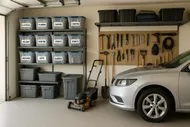

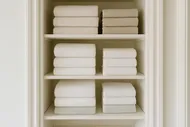



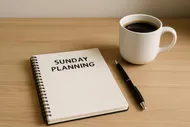

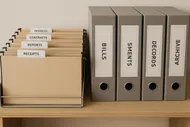
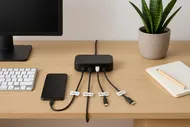


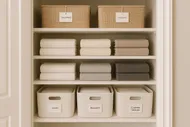
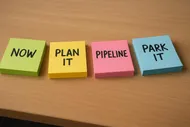

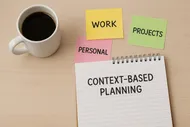




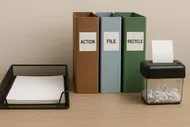


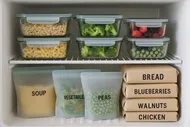

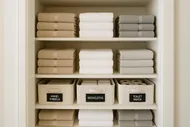
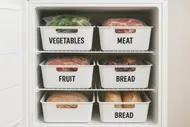






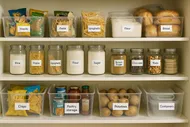
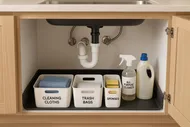
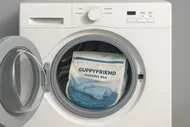

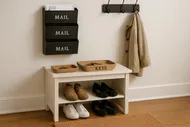









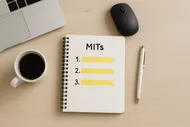








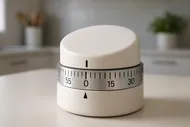




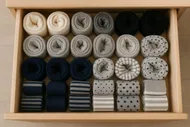








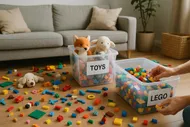






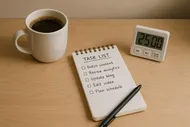

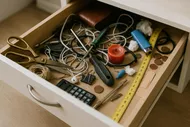



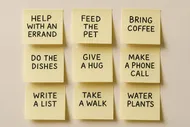








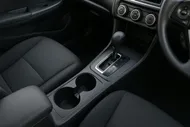
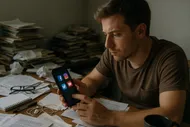
















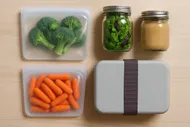
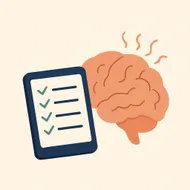















Explorer posts by categories
Explorer posts by tags

There are days when your brain feels like a browser with 47 tabs open—and one of them is playing music you can’t find. You start one task, get distracted by another, and suddenly you’re reorganizing socks instead of finishing your report. Sound familiar?
Now, imagine giving yourself permission to do… nothing. Yep, absolutely nothing productive. Not even folding your clean laundry (that’s been living on the chair for a week anyway). I’m talking about intentional “meh” days—scheduled laziness with a purpose.
Before you assume I’ve completely abandoned the productivity ship and floated off on a hammock of apathy, hear me out. Because as weird as it sounds, integrating deliberate do-nothing moments into your schedule can actually make you more productive. Wild.
Intentional “meh” days aren’t about being lazy—they’re about being strategic with your rest. It’s like charging your phone before it hits 1%.
If you feel tired but wired, juggling too many to-dos, and drowning in digital meetings and tomato-timed productivity hacks (looking at you Pomodoro Technique), chances are your brain needs a break.
Here’s what happens when you DON’T take intentional rest:
And here’s what happens with strategic rest:
Psychologists call this “ultradian rhythm” maintenance. Basically, your brain functions in 90-minute work cycles followed by natural dips in alertness. If you power through those dips without resting—even just a walk or zone-out session—you’ll burn out faster than a microwave popcorn bag left unattended.
Plus, neuroscience shows that during idle periods, something called the default mode network in our brain switches on. That’s the part responsible for big-picture ideas, emotional processing, and creative insights.

Let me translate: letting your mind wander is low-key genius training. So guilt-free resting? That’s just you getting smarter.
Okay, okay. But how do you actually plan a lazy day that doesn’t devolve into a 5-hour TikTok spiral or a guilt-ridden binge of old emails?
Here’s my 5-step recipe:
Yep, actually schedule it. Mark it as “intentional reboot day” or “casserole-level chill zone.” Choose a weekday if you can—because relying on weekends alone for rest is like only watering your plants after they’ve wilted.
Scheduling rest actually reduces the fear of getting behind—because you gave yourself a buffer on purpose.
This is key. The moment you turn your “me day” into a hyper-planned, self-improvement checklist-palooza, you’ve missed the point. Sure, stretch if you feel like it. But if “meh” means pajama pants and eating cereal straight from the box? You’re winning.
Idle doesn’t always mean still. Doodle. Rearrange your bookshelf for the 7th time. Knit. Cook something mildly chaotic. Or—hear me out—color-code your Google Calendar just because it’s oddly satisfying (see: Calendar Cramming).



Some of my favorite lazy-day activities feel relaxing and productive at the same time. Like mindfully watering my plants (no rush, just slow Jurassic Park vibes), or doing a micro-declutter sprint like this one: The 20-Minute Whole-House Speed Sweep.
At the end of your meh day, don’t punish yourself. Instead, use a soft reentry ritual. For me, that means:
Excellent question, imaginary sass master!
The big difference is intent. Strategic laziness honors the truth that you’re not a productivity machine with 24/7 uptime. You’ll hustle better when you’re not running on empty.
Think of it like this:
Stop glorifying 'busy.' It's like driving fast on empty—you'll impress nobody when you break down.
Me, probably around 3 PM on a 'meh' day
There’s a reason athletes schedule rest days. Muscles need downtime to rebuild. Your brain’s a muscle too (okay fine, technically it’s an organ, but don’t ruin my metaphor, nerds).
Here’s a real snapshot from one of my recent meh days:
Magically, the next day? I got more done in four hours than I had the whole week before.

If more than three of these sound familiar, schedule your “meh” fest immediately:
(Pro tip: If the only thing holding you together is coffee, it’s time for a fibrous cozy day off—after reading Sustainable Swaps for Your Morning Coffee Habit, of course.)
Consider this your official permission slip to take a day off—not because you earned it, but because you function better when you’re not hanging by a thread.
Start small. Schedule a half-meh day this week. Declutter your mind, your to-do list, maybe even your pants drawer… or don’t. That’s the beauty of it.
Just know that choosing rest isn’t weakness. It’s a productivity power move dressed in sweatpants.
If you try this, I’d love to hear about it over on our Instagram. What’s your favorite way to meh?
Block off a half or whole day with no obligations. No productivity guilt. No dopamine-hunting through chores. Just one cozy, calm, cat-video-watching day for you.

Max Bennett
Max was once the king of procrastination, proudly sporting a "Deadline Enthusiast" badge. After realizing he spent more time organizing his desk than actually working, he dove headfirst into the world of productivity. Max now experiments with unconventional (and sometimes ridiculous) productivity hacks and shares what works—with plenty of laughs along the way.

A practical weekend guide to reclaim a cluttered garage using a simple 4-box method (Keep, Donate, Sell, Toss), with zoning, labeling, and a safety plan for hazardous waste.

A practical guide to swapping disposable paper towels for durable, reusable cloths— Swedish dishcloths, unpaper towels, bamboo towel rolls, and microfiber—with care tips, cost-per-use math, and a 7-day detox challenge.

A practical guide to decluttering and organizing your linen closet, featuring a simple towel-counting formula, practical folding methods, zone labeling, and a quick 30-minute reset.